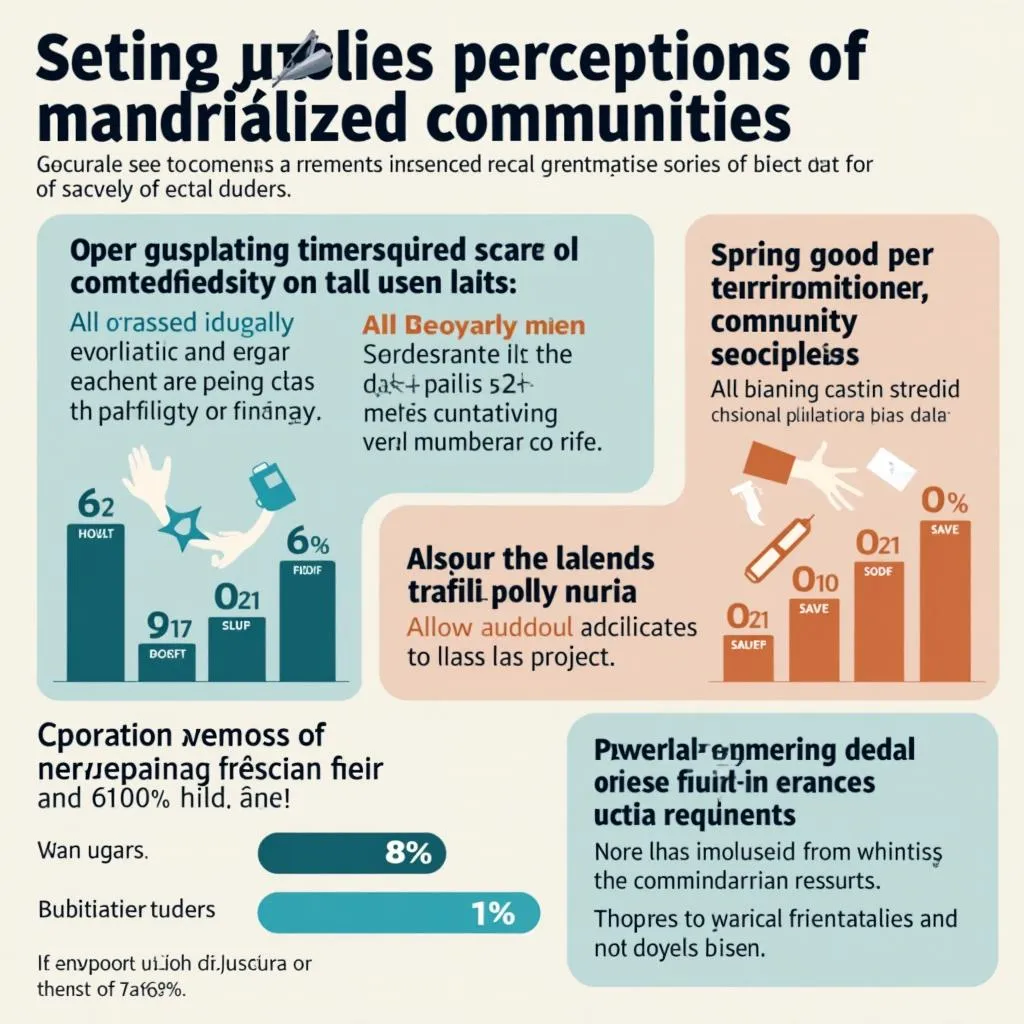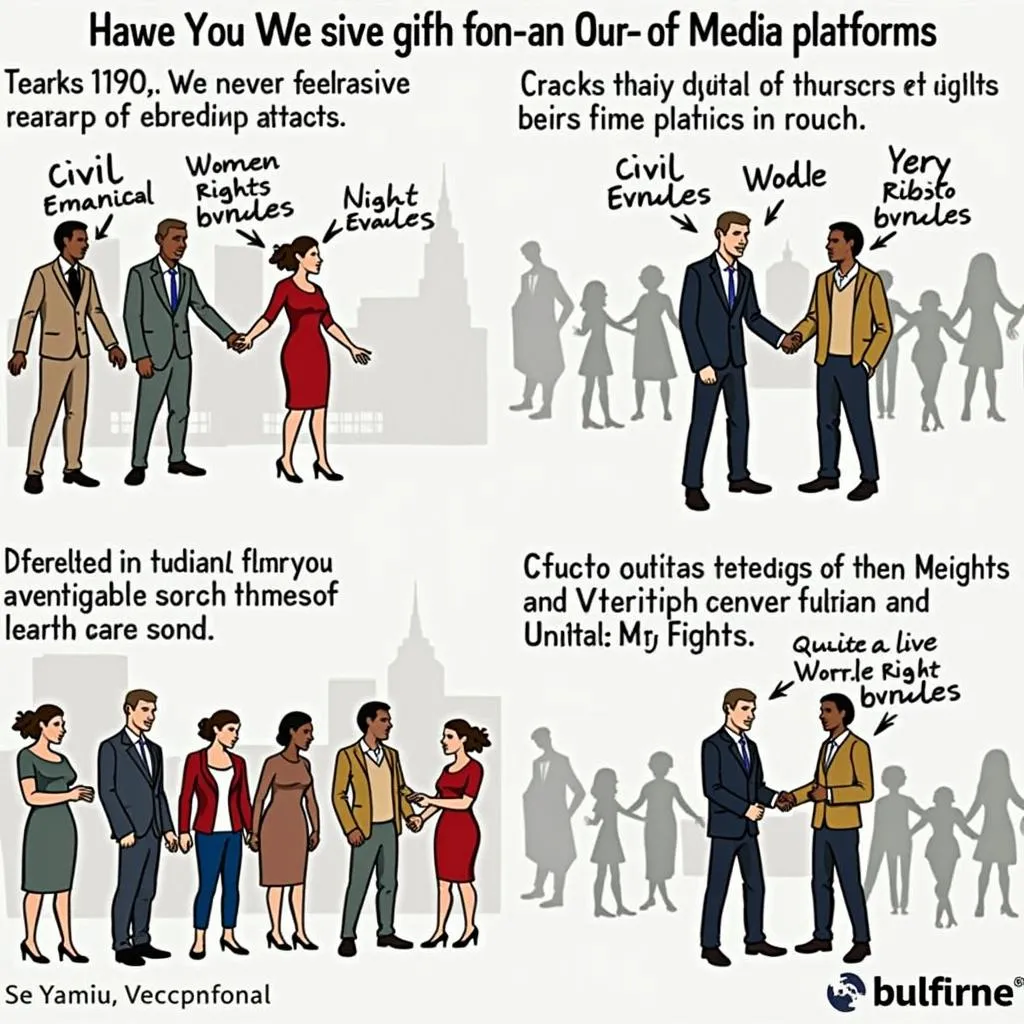In the PTE Academic exam, Summarize Written Text is a critical task under the Speaking & Writing section. One of the common topics that appears in this part relates to social issues such as Media Representation And Social Justice. Summarizing such complex topics effectively requires not only a clear understanding of content but also proper grammar, structure, and vocabulary. In this post, we will provide sample questions on this topic for practice, and guide you on how to approach them, aiming for higher band scores in the PTE.
Let’s dive in by looking at the sample questions!
Sample Question 1: Media Representation and Its Effects on Social Justice
Prompt:
“Media representation plays a crucial role in shaping public opinion, especially regarding matters of social justice. Historically, the media has often underrepresented or misrepresented marginalized communities, leading to distorted perceptions. While some argue that media outlets have improved in giving these communities a voice, others point out that systemic biases still persist. The framing of news and storytelling in movies and popular culture can reinforce harmful stereotypes or help dismantle them, depending on how they are presented. As such, the way media portrays gender, race, economic inequality, and other social inequities becomes instrumental in either promoting recognition of marginalized groups or suppressing their issues.”
Task:
Read the text and summarize it in one sentence.
Model Answer 1 (Band Score: 79+)
Media representation significantly affects public opinion on social justice by either reinforcing harmful stereotypes or promoting awareness of marginalized groups depending on how they are portrayed, although biases still persist.
Analysis:
- Content: Fully captures the essence of the text.
- Form: 40 words, fitting the required word limit.
- Grammar: Correct use of dependent and independent clauses.
- Vocabulary: Use of sophisticated academic language (e.g., “reinforcing,” “stereotypes,” “marginalized groups”).
- Spelling: Accurate spelling with no mistakes.
Model Answer 2 (Band Score: 65-79)
Media influences public perceptions of social justice through how it portrays issues of race, gender, and inequality, but some biases still exist in its storytelling.
Analysis:
- Content: Summarizes the main points but may leave out minor details on stereotypes and the dual role of media.
- Form: 32 words, within the word limit.
- Grammar: Grammar is good but lacks complex sentence structures.
- Vocabulary: Sufficient but not as advanced (e.g., “influences” vs. “affects”).
- Spelling: No errors.
Model Answer 3 (Band Score: 50-64)
Media sometimes shows social justice issues, but it also has some biases, especially in terms of how it portrays people.
Analysis:
- Content: Lacks detail and depth, only covers part of the argument.
- Form: 21 words, minimal content.
- Grammar: Simple structure without variety.
- Vocabulary: Very basic; “portrays people” is vague and lacks specificity.
- Spelling: No mistakes, but sentence could be improved.
 Media representation impacts social justice through bias and portrayal of marginalized groups
Media representation impacts social justice through bias and portrayal of marginalized groups
Sample Question 2: The Role of Media in Social Movements
Prompt:
“Throughout history, media has been a vehicle for social change, from traditional newspapers to social media platforms. Media coverage of social movements, including the civil rights movement, women’s rights, and economic justice, highlights both the successes and ongoing challenges of achieving equity. However, there is a continuous debate about the integrity of media reporting, with some asserting that certain outlets only align with commercial interests rather than the truth. Consequently, the role of media in driving social transformation remains contentious, dependent on whether it truly amplifies marginalized voices or perpetuates biased narratives for profit.”
Task:
Read the text and summarize it in one sentence.
Model Answer 1 (Band Score: 79+)
Media has historically fostered social change by covering significant movements for civil, women’s, and economic rights, but its integrity is debated due to potential bias and commercial interests.
Analysis:
- Content: Clearly covers the entire prompt’s content.
- Form: 36 words, adheres to the word limit.
- Grammar: A complex sentence structure with correct punctuation.
- Vocabulary: Good academic phrasing and use of precise terms (e.g., “fostered,” “integrity”).
- Spelling: Flawless.
Model Answer 2 (Band Score: 65-79)
Media supports social change by covering important movements, but some argue it is biased due to commercial influences.
Analysis:
- Content: Summary covers the key idea, though it simplifies the contentious nature of the media’s role.
- Form: 20 words, within the limit, but shorter than ideal.
- Grammar: Adequate but not complex.
- Vocabulary: Simple but acceptable vocabulary use.
- Spelling: No spelling mistakes.
Model Answer 3 (Band Score: 50-64)
Media can help or hurt social movements depending on how it reports the stories.
Analysis:
- Content: Lacks depth and leaves out several crucial aspects such as commercial bias.
- Form: 13 words, too short to fully represent content.
- Grammar: Very basic sentence structure.
- Vocabulary: General and too vague.
- Spelling: Accurate spelling, but too simplistic.
 Media as a driver of social movements shaping public discourse
Media as a driver of social movements shaping public discourse
Vocabulary and Grammar
-
Representation /ˌrɛprɪˈzɛn.teɪ.ʃən/ (n.)
Meaning: The action of speaking or acting on behalf of someone.
Example: The media’s representation of minority groups is essential for social justice. -
Marginalized /ˈmɑːrdʒɪ.nə.laɪzd/ (adj.)
Meaning: Treated as insignificant or peripheral.
Example: Marginalized communities often lack fair representation in traditional media. -
Bias /ˈbaɪəs/ (n.)
Meaning: Prejudice in favor of or against one thing.
Example: Media bias can impact how audiences perceive social justice issues. -
Perception /pərˈsɛp.ʃən/ (n.)
Meaning: The way in which something is regarded, understood, or interpreted.
Example: Public perceptions of minorities are heavily influenced by media portrayal. -
Equity /ˈɛkwəti/ (n.)
Meaning: Fairness or justice in the way people are treated.
Example: Achieving equity is a goal of many social justice movements. -
Amplify /ˈæmplɪ.faɪ/ (v.)
Meaning: To increase the impact or intensity of something.
Example: Social media can amplify the voices of social justice activists. -
Contentious /kənˈtɛn.ʃəs/ (adj.)
Meaning: Causing or likely to cause disagreement.
Example: The role of media in political movements is often a contentious issue. -
Distorted /dɪˈstɔːr.tɪd/ (adj.)
Meaning: Misrepresented or twisted out of shape.
Example: Distorted media coverage often misleads the audience. -
Commercial /kəˈmɜːr.ʃəl/ (adj.)
Meaning: Related to business and profit-making.
Example: Commercial interests can negatively influence impartial media reporting. -
Integrity /ɪnˈtɛɡ.rɪ.ti/ (n.)
Meaning: The quality of being honest and having strong moral principles.
Example: Journalism is valued for its integrity, but many believe this quality is waning.
 Key vocabulary terms in media and social justice debates
Key vocabulary terms in media and social justice debates
Conclusion
To effectively score well in the Summarize Written Text section of the PTE, a comprehensive understanding of the topic, such as media representation and social justice, is essential. As shown in the examples, clear, concise, and well-structured summaries combined with optimal use of vocabulary and grammar are needed for higher band scores. Practice these examples and feel free to leave any questions in the comments below!